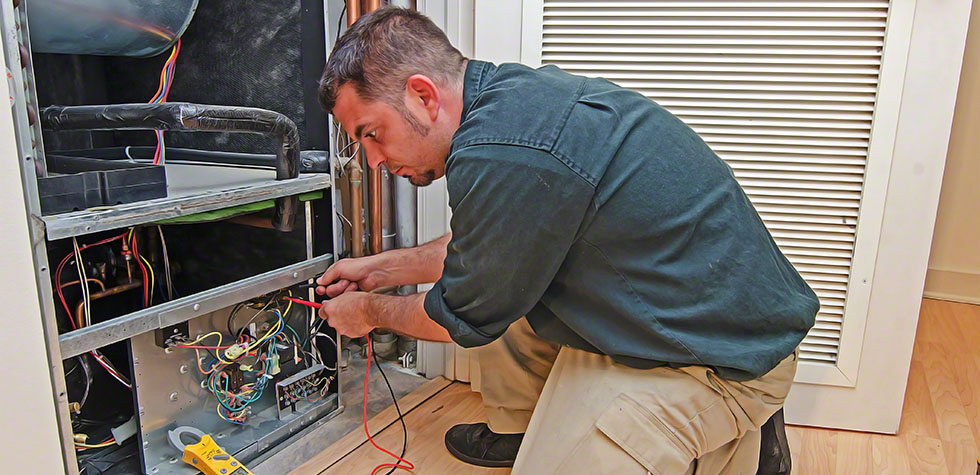From the outside, your gas furnace is simply an item that keeps your house warm during winters. However, from the inside, there is a lot more going on. A gas furnace comprises several different components that ensure its smooth and efficient operation. Should you run into a problem with your furnace, you should at least know the potential causes before calling in HVAC companies. So, let’s start!
Heat Exchanger
As the gas burns, it gives off a toxic gas called carbon monoxide. It is something that is harmful to your family members and the residents living in your neighborhood. With that being said, a heat exchanger will prevent this toxic gas from mixing with fresh air. Although it is a simple piece of equipment but performs an important task. A heat exchanger basically features long metal tubes that have been bent to form an S shape. The gas flames burn inside the tube and expel the toxic gasses through the roof.
On the other hand, the blower motor forces the air on the outside of the tubes, which causes the air to heat. This also helps the toxic flame exhaust from mixing with the clean air as well. Since it plays a crucial role in keeping everyone safe, this component should be regularly inspected for cracks and fixed by a heating and cooling repair service. At the same time, carbon monoxide detectors are also very important. Combined, they prevent any harm from reaching your family, especially when it comes to gasses.
Igniter And Pilot Lights
In order to initiate combustion, a gas furnace requires something very hot or type of flame. Older furnaces use a pilot light that runs constantly while the gas is on. However, modern furnaces today use what they call a Hot Surface Ignitor. The Hot Surface Ignitor becomes hot to the point where it becomes glowing red, reaching a temperature required to initiate the combustion process.
Gas Valve
Before gas enters your house from the gas line, it needs to be pressurized first. Originally, when it enters your home, the pressure is typically 8-12 inches of the water column. As a result, the gas valve pressurizes it to the amount needed of pressure, which is usually 3-5 inches of water column. If you were wondering, just how we measure weight with kilogram or pound, gas pressured is measured with inches of water column. Furthermore, the gas valve is designed to control the gas going into the furnace.
Thermocouple
A thermocouple is associated with the pilot light and is designed to detect whether the pilot light is lit or not. It features a tube with two small metal wires resting inside that upon heating happens to conduct electricity. Once they are heated, they send a 24-volt signal to the gas valve ensuring gas flow. If, in case, the thermocouple has gone bad, it will not allow the gas to enter into the system.
Draft Inducer Motor
As mentioned earlier, when gas burns, it gives off toxic fumes and they need proper ventilation to exit. This is perhaps one of the most important safety factors to consider when it comes to ensuring consumer safety. As a result, a draft inducer motor is triggered before the gas itself. This in turn leads to the creation of a vacuum inside allowing safe exit of the combustion gases through the vent pipe.
Pressure Switch
The job of the pressure switch is to ensure that the draft inducer motor has been turned on and is expelling gases through the vent properly. It features a small diaphragm that allows the vacuum to be detected, which is pulled by the inducer motor. As a vacuum takes place, the diaphragm pulls in, activating the switch and allowing gas flow.
Blower Motor Capacitor
Both low and high voltage runs through the capacitor and sends the power necessary for the blower motor. As a result, it helps start the furnace blower motor and, in some cases, keep it running constantly at a certain speed as well. However, not every system uses a capacitor to operate a blower motor.
Final Word
And there you have it. All the important gas furnace components are explained in detail. Remember to not play around with these components as they involve gas and electricity. If you have a problem, call in furnace services ronkonkoma for help.




